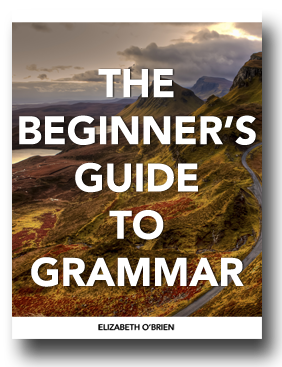📘 Download your free grammar guide here. 📘
📘 Download your free grammar guide here. 📘
What are phrases?
What are phrases?
- Home
- Phrases
Phrases are units of language that we use very often. Do you know what they are? Don't worry! We'll go over them right now.
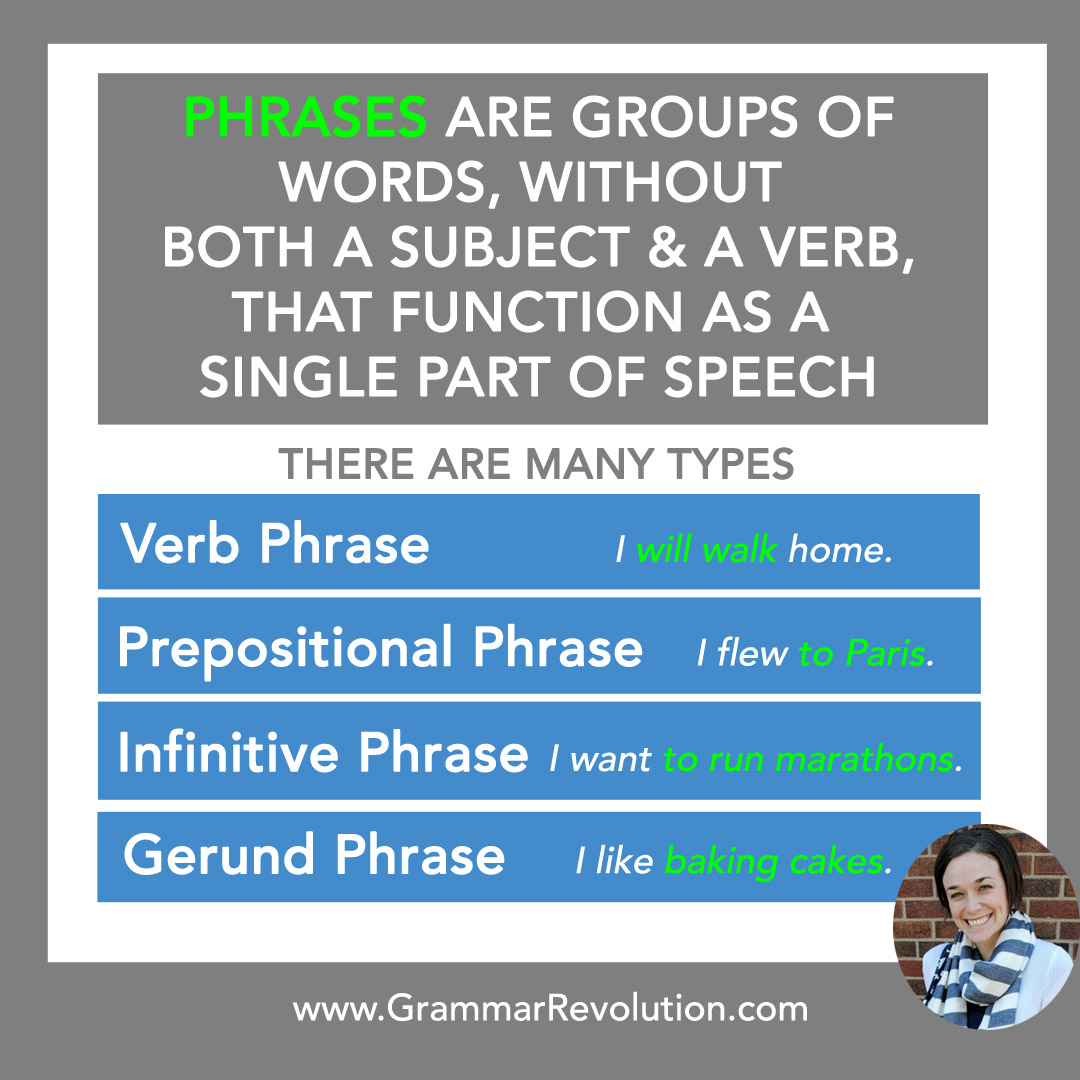
Phrases are groups of words, without both a subject and a verb,
functioning as a single part of speech.
What does that mean?
It means that while a phrase is made up of multiple words (all of which have their own function), all of the words work together to perform one larger function. They kind of remind me of a choir. A choir is made up of individual voices, but all of the voices come together to sing one song.
Psst! This has nothing to do with grammar, but I just thought I'd let you know that I was president of my high school choir. This is kind of embarrassing, but I feel like I need to share a photo with you. Here's my senior picture back in my days of being choir president.
Okay, back to the topic at hand...
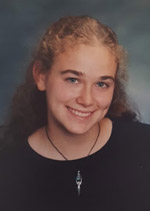
There are many different kinds of phrases, and we're going to explore quite a few of them. Are you ready? Great!
Types of Phrases
Here is a brief overview of each phrase. Click on the links in each section to learn more about each one.
You'll also find examples of how each one is diagrammed. I'm a big fan of diagramming sentences because it helps you SEE how words are related, and it's fun!
Prepositional Phrases
Prepositional phrases are made of a preposition and a noun or a pronoun, and they function as adjectives or adverbs. There are two in the example below.

The cake with nuts fell onto the floor.
With nuts is a prepositional phrase that is acting as an adjective. You can tell that it's an adjective because the word with is branching off of the noun cake. (You remember that adjectives modify nouns and pronouns, right?)
Onto the floor is a prepositional phrase that is acting as an adverb. You can tell that it's an adverb because the word onto is branching off of the verb fell. (You remember that adverbs modify verbs, adjectives, or other adverbs, right?)
Verb Phrases
Verb phrases are made of a main verb and at least one helping verb, functioning all together as a single verb.
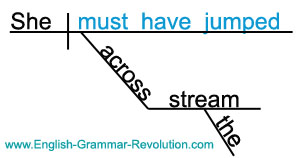
She must have jumped across the stream.
Must and have are helping verbs. Jumped is a main verb.
Appositive Phrases
An appositive is a noun that renames another noun or pronoun. An appositive phrase consists of the appositive and all of its modifiers.In the example below, sister is the appositive renaming Esther, and my sister with dark hair is the appositive phrase.
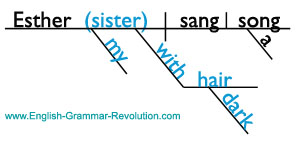
Esther, my sister with dark hair, sang a song.
Verbals
The following three phrases (gerunds, participles, and infinitives) are called verbals. Why? It's because they're formed from verbs, but you have to be careful because they don't function as verbs.
Warning: Verbals are an advanced grammar topic, so if you're just starting to learn grammar, you might want to skip these until you're comfortable with the basics.
Gerund Phrases
Gerunds are formed from verbs, but function as nouns. They end in -ing.
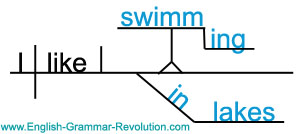
I like swimming in lakes.
Swimming in lakes is a gerund phrase functioning as the direct object of the verb like.
Participial Phrases
Participles act as adjectives, and they end in -ing, -d, -t, or -n.
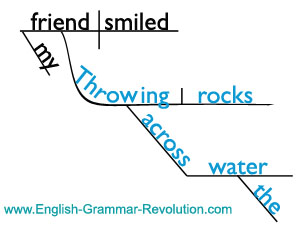
Throwing rocks across the water, my friend smiled.
Throwing rocks across the water is a participial phrase modifying the noun friend.
You may have also heard of dangling participles. Dangling particles occur when the particle doesn't have anything to modify. You should avoid them.
Infinitive Phrases
Infinitives act as nouns, adjectives, or adverbs. They begin with to + a verb.
Sometimes they have a "silent to". By that, I mean that sometimes the word to is implied. Tricky!

I swore to tie my shoes tighter in the future.
To tie my shoes tighter in the future is an infinitive phrase functioning as the direct object of the verb swore.
High five!
You're kind of a phrases pro now that you've read over this whole page. For your effort, I'm awarding you this prestigious gold star:
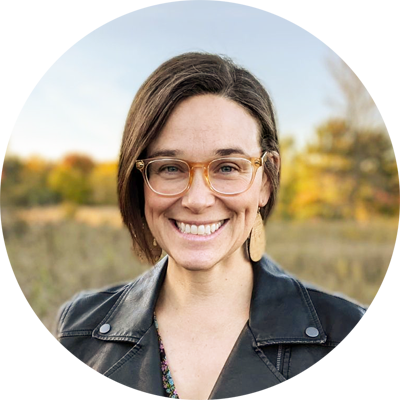
Hello! I'm Elizabeth O'Brien, and my goal is to get you jazzed about grammar.
My kids and I love your materials! Your Get Smart diagramming course has truly revolutionized grammar learning for my kids. Thank you again for writing an awesome curriculum that makes grammar easy to grasp and fun at the same time.
- Shannon, Homeschool Mom
If you want to teach or learn
grammar the easy way, follow our step-by-step program that clearly
lays everything out and allows you to move at your own pace. The
Get Smart Grammar Program is presented in a logical sequence, so it's not an
overwhelming mishmash of information. Just watch the videos and complete your assignments. Before you know it, you'll be a grammar and sentence diagramming pro!
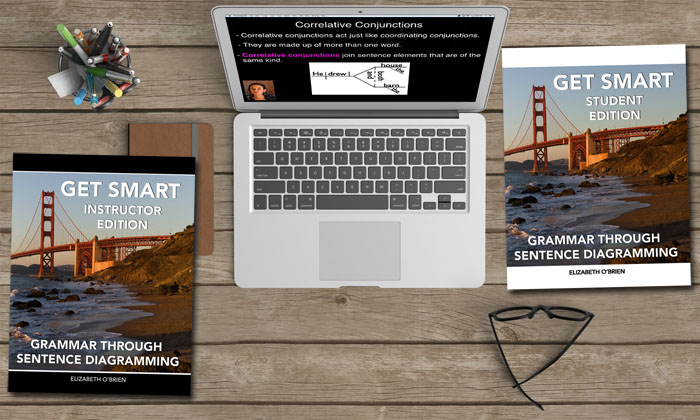
Our Free Guide Gives You A Fun Way
To Teach And Learn The Basics v
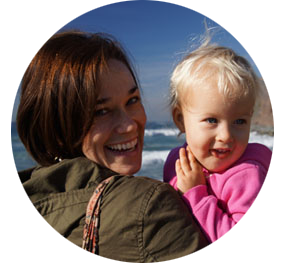
Elizabeth O'Brien is the creator of Grammar Revolution.
Her lessons are guaranteed to give you more confidence in your communication skills and make you smile. :)
